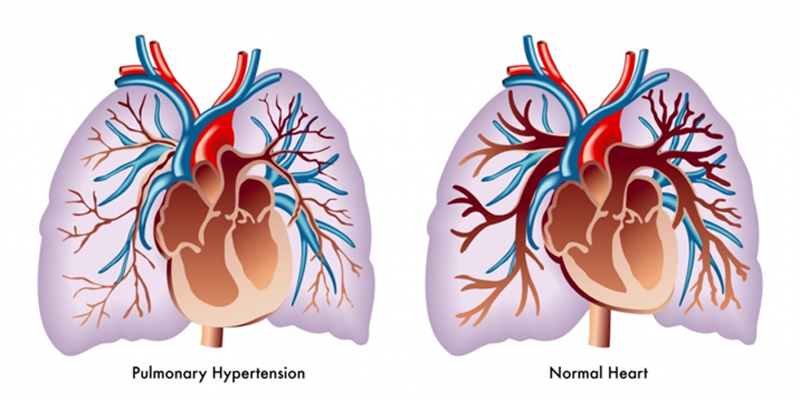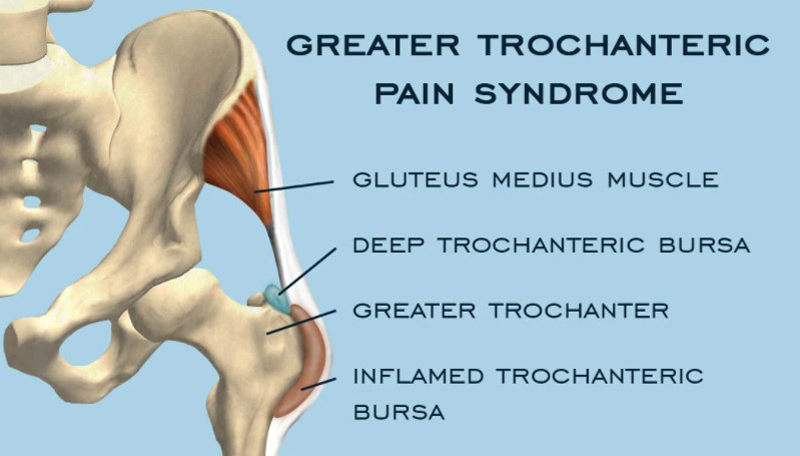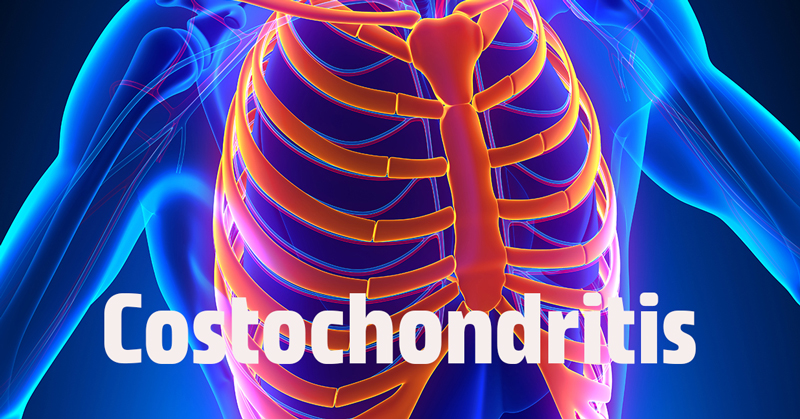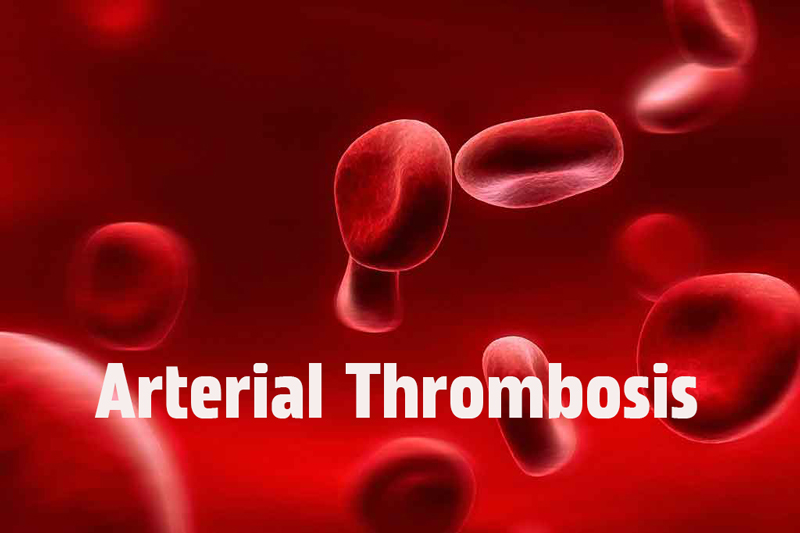Triangular Fibrocartilage Complex Tears - Grip Strength Understood
Oct. 26, 2023 #Arthritis
What is a Triangular Fibrocartilage Complex Tear
The Triangular Fibrocartilage Complex (TFCC) is a group of ligaments, cartilage and tendons located in the wrist. A TFCC tear occurs when these structures become damaged or torn, which can happen due to trauma, overuse or natural degeneration.
Key Points:
- The TFCC is a group of ligaments, cartilage and tendons in the wrist.
- A TFCC tear happens when these structures are damaged or torn, often due to trauma, overuse or natural degeneration.
- Common symptoms include wrist pain, swelling and weakness.
Symptoms of a TFCC tear include wrist pain, swelling and weakness, which can greatly impact daily activities and may worsen with certain movements or activities.
To diagnose a TFCC tear, imaging tests like MRI or arthroscopy may be used to evaluate the extent of the injury. These tests help determine the appropriate treatment plan.
Treatment options for a TFCC tear range from conservative measures to more invasive procedures. Initially, rest, immobilization and physical therapy may be recommended to reduce pain and promote healing. A wrist splint or brace might be used for support.
If conservative measures are not sufficient, more invasive options such as arthroscopic surgery or wrist fusion may be considered. These procedures aim to repair or reconstruct the damaged TFCC to restore wrist functionality.
If you experience persistent wrist pain or suspect a TFCC tear, seeking medical attention is essential. Prompt diagnosis and appropriate treatment can help alleviate symptoms and prevent further damage.
Diagnosis of a TFCC Tear
The diagnosis of a TFCC tear involves various methods to determine the extent of the tear and any associated damage. These methods include imaging tests, a physical examination, and a review of the patient's medical history.
Key Points:
- Imaging tests like MRI or arthroscopy are used to identify the extent of the tear and associated damage.
- A physical examination and review of the patient's medical history are also important for diagnosis.
Imaging tests, such as an MRI (Magnetic Resonance Imaging) scan, create detailed images of the wrist to detect any abnormalities. This non-invasive test evaluates the ligaments and tendons of the TFCC.
Arthroscopy, a minimally invasive procedure, involves inserting a small camera into the wrist joint to directly visualize the TFCC and assess the tear's extent. Additional repairs or treatments may be performed during the arthroscopy.
A physical examination helps assess the range of motion, strength, and stability of the wrist. The doctor may also apply pressure or perform specific maneuvers to reproduce symptoms and evaluate the injury further.
The patient's medical history is taken into account during the examination. Previous wrist injuries, contributing activities, and pre-existing conditions are considered for treatment options and prognosis.
By combining information from imaging tests, physical examination, and medical history, an accurate diagnosis of a TFCC tear can be made. This diagnosis is crucial for determining the most appropriate treatment plan to relieve pain, restore function and prevent further damage.
Treatment Options for a TFCC Tear
There are several treatment options available for a TFCC tear, depending on the tear's severity, the individual's symptoms, and overall health. The goal of treatment is to alleviate pain, reduce inflammation and restore wrist functionality.
Key Points:
- Treatment options include conservative measures like rest, immobilization and physical therapy.
- Corticosteroid injections may be used to reduce inflammation in some cases.
- For severe tears, arthroscopic surgery or wrist fusion may be necessary.
Conservative measures are often the first line of treatment and focus on promoting healing and alleviating symptoms without invasive procedures. Resting the wrist, immobilizing it with a splint or brace, and undergoing physical therapy to strengthen the muscles around the wrist can be effective.
Corticosteroid injections may be recommended to reduce inflammation and provide temporary relief from pain and swelling, although they are typically used as a short-term solution and may not be suitable for everyone.
If conservative measures do not provide sufficient relief or if the tear is severe, more invasive treatment options may be necessary. Arthroscopic surgery involves repairing or removing damaged tissue using small incisions and a tiny camera. Wrist fusion, on the other hand, fuses the wrist bones together to provide stability, although it limits flexibility.
The choice of treatment depends on factors such as the tear's severity, the patient's lifestyle and needs, and the healthcare professional's recommendations. Consulting with a doctor or orthopedic specialist is crucial to determine the most appropriate treatment plan for a TFCC tear.










COMMENTS